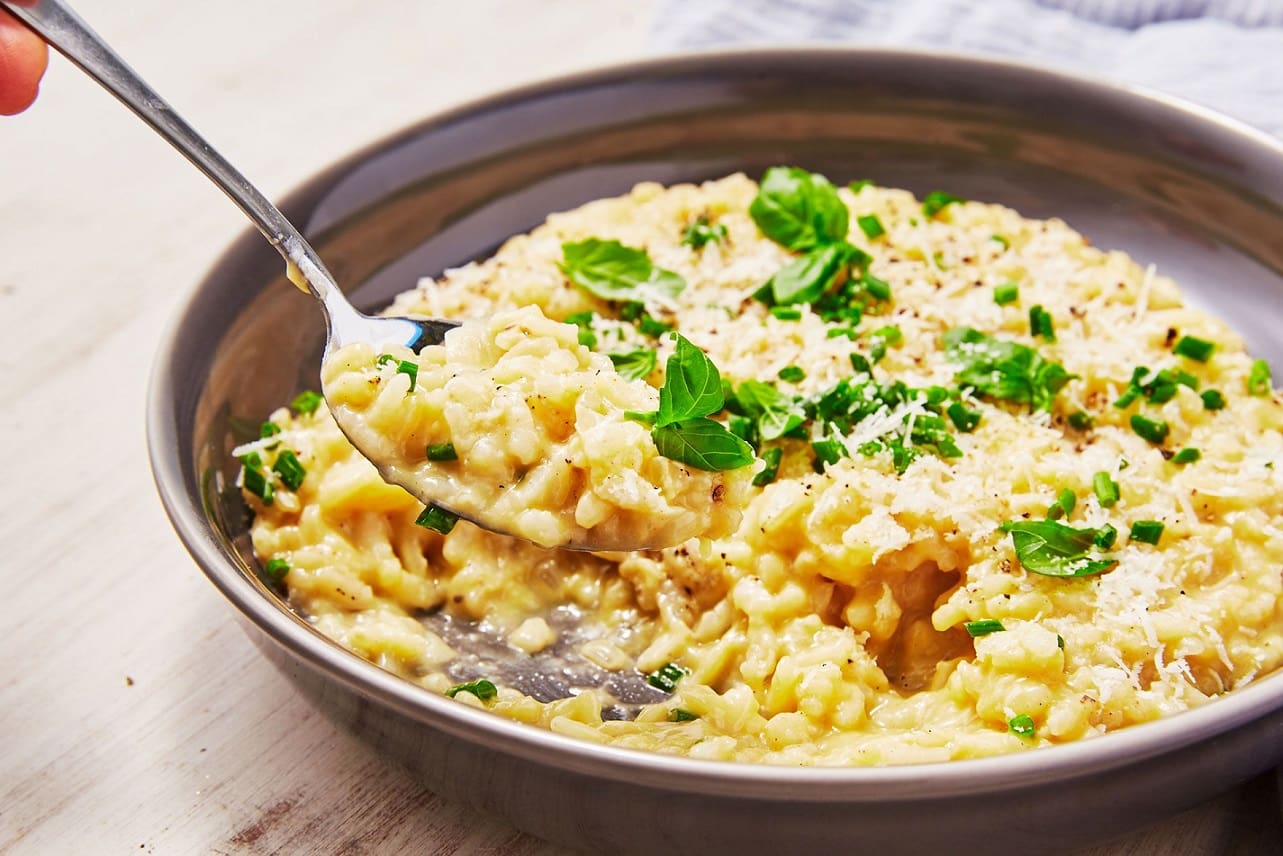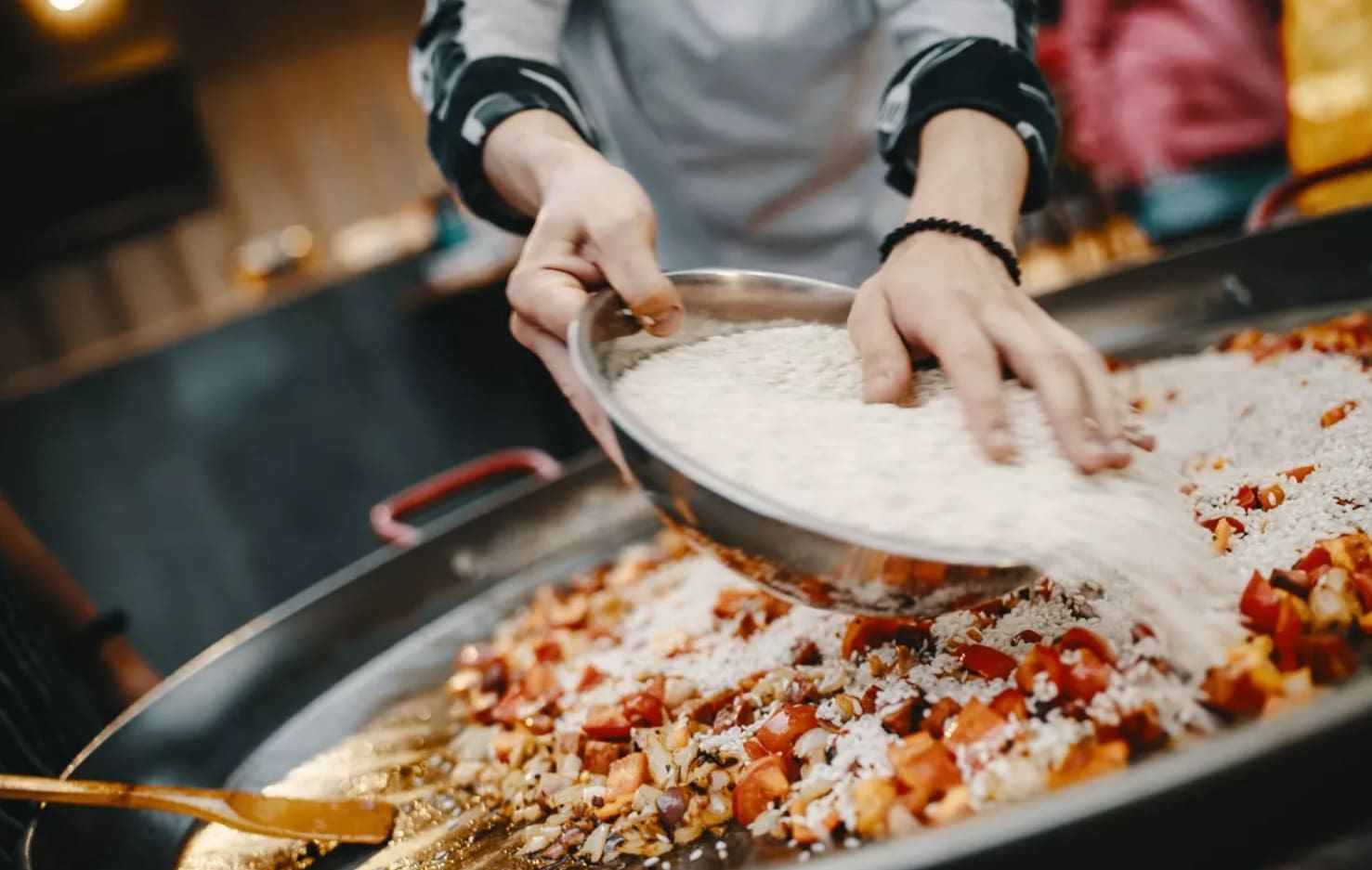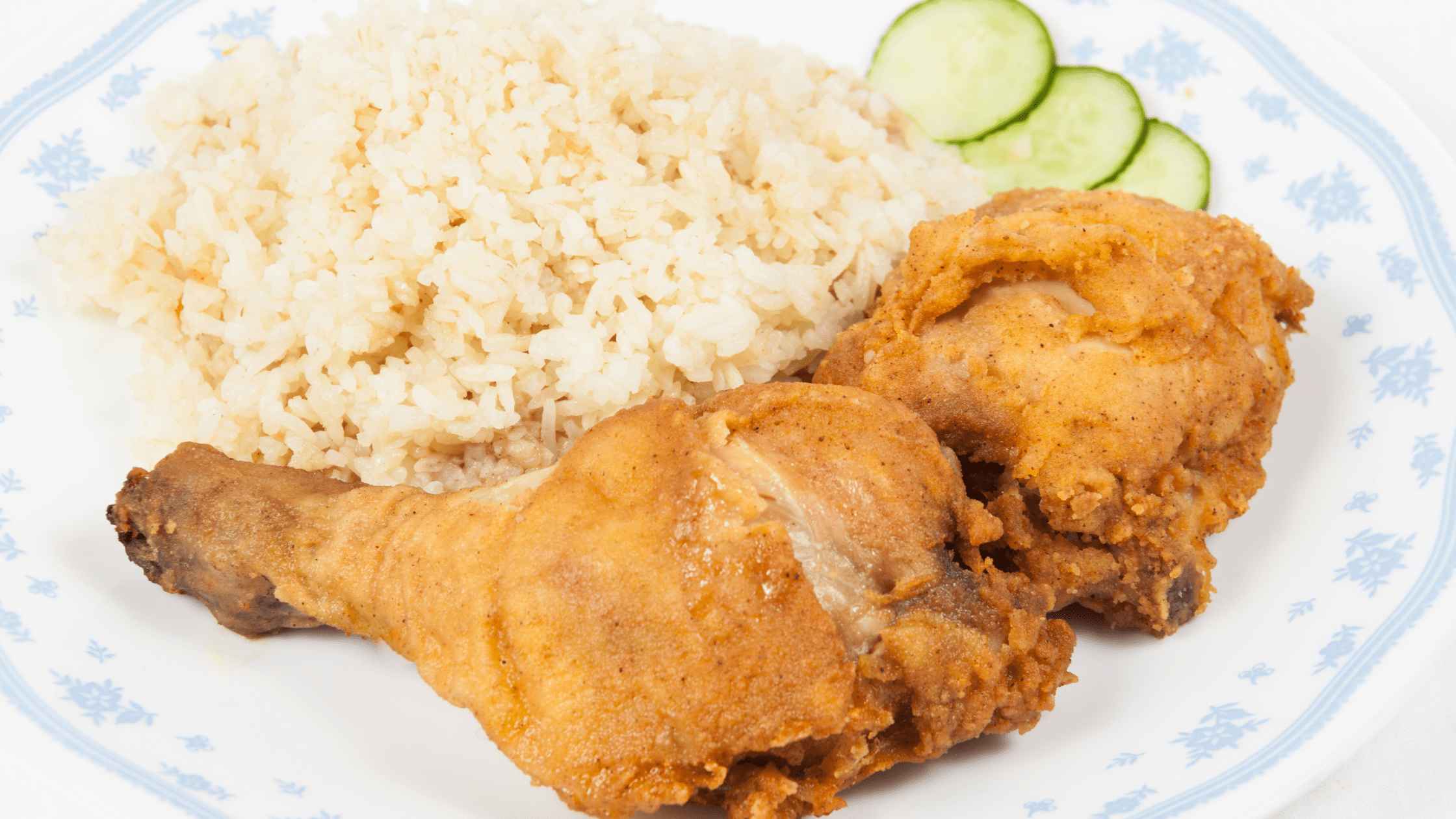Introduction
Gandules (pigeon peas) are a staple for many Caribbean and Latin American cooking traditions. One of the most common dishes incorporating gandules is rice also known as Gandules Rice. Like many recipes across the Caribbean, this dish often becomes the main course for special occasions such as Christmas or other holidays with family in attendance.
This delicious Puerto Rican dish is made with pigeon peas, rice, and various seasonings. It’s the perfect meal for a cold winter day!
This blog post will show you how to make gandules rice like a pro. We will give you step-by-step instructions on how to prepare this dish, as well as some tips and tricks that will help you make it perfectly every time. So what are you waiting for? Get cooking!
The History Of Gandules Rice
Gandules rice has a long history. It’s believed to have been introduced to Puerto Rican and other Caribbean cuisines in the 12th century by the Taínos, as archeological evidence has shown. A heavy reliance on this plant can be found in the Puerto Rican cuisine of today, as it has become an important ingredient for many side dishes and main meals. It is assumed that pigeon peas have been used in other parts of the world to make stews similar to gandules rice for a very long time.
What Are Gandules?
In Spanish, it is called “peas de Pascua”, meaning “Christmas peas.” In Puerto Rican Spanish, it is called “pule de pascua”, meaning “Puerto Rican Christmas/Christmas peas”. In English, it is called “pigeon peas.” Depending on the variety, gandules may be green, white, or yellow in color.
What You’ll Need To Make It
1 lb. of gandules (pigeon peas)
1.5 cups of short-grain rice (you can also use long grain rice but we like short grain the best)
2 tsp ground annatto or achiote powder (or 2 tsp annatto seeds if you can find them)
1 tsp dried oregano
1 medium-sized yellow onion, diced
4 garlic cloves, minced and divided into two equal parts
Chicken bouillon cubes or chicken bullion powder (make sure you get this seasoning, not the cubes in the picture above!)
The Steps Involved In Making It
1. Soak your gandules in water for 3-4 hours, then drain and rinse them out.
2. While the gandules are soaking, prep your rice.
3. In a medium pot, prepare the rice by adding it to the water and bringing it to a boil. Once it starts boiling, turn the heat down to very low and bring it to a simmer for about 15 minutes or so or until all of the water has been absorbed by the rice and leave it for about 10 minutes at least before draining thoroughly in a colander (do not skip this step!)
4. While the rice is cooking, prepare the rest of the ingredients.
5. Prepare your onion and half of your garlic by mashing them together with a fork and salt to taste. Set them aside.
6. Add one chicken bouillon cube or bouillon cube to the pot with half of your garlic cloves and onions and leave it on medium heat while preparing half of your garlic cloves.
7. Prepare the other half, adding it to a blender or food processor along with 1/2 tsp annatto powder and 1 tsp dried oregano (mix well). Set aside for later use, along with a pinch of salt for later use on all four garlic cloves when preparing step 8 below.
8. Once your rice is ready, drain it in a colander and place it in the pot you just used to boil it a few minutes ago. Add the remaining garlic cloves and the rest of your onions and garlic (the same batch as you prepared earlier).
9. Cook the mixture on medium heat with your lid on for about 15-20 minutes or until all of the water has evaporated from the pot. Stir frequently.
10. Remove half of your chicken bullion cubes or bouillon cubes from your rice and put them back into a separate bowl until later use.
11. Once the rice and the mix of onions, garlic and gandules are ready, add your annatto/achiote powder or seeds to the pot of rice on low heat.
12. Stir well.
13. Wait until you can see all of it mixing together.
14. Add salt as needed while stirring frequently with a wooden spoon until it starts to look dry like the picture above! (You can add more salt if needed).
15. Serve hot with your favorite toppings such as a fried egg, cheese, or just eat it plain!
Tips For Making Perfect Gandules Rice
1. When you boil your gandules, you should keep them for at least 3-4 hours before cooking them. If you leave them for less than that and try to make this dish, the rice and gandules might get too soft and soggy.
2. Boil the gandules in some water as well so they don’t brown too much while cooking, or else they might get tough Also, leave some room at the top of your pot so they don’t boil over while boiling.
3. After you’ve drained the water from the boiled gandules, rinse it out in a colander so they can be ready to cook faster.
4. If you are using a food processor or blender, limit the use of that machine and do not overwork your ingredients, as this will make your rice turn out tough.
5. When slicing your gandules, if you have yellow ones, then cut them lengthwise in half but if you have white ones (the most common ones), then leave them whole.
Serving Suggestions
Gandules rice is best served with some fried or baked chicken or even pork chops. You can also eat it with beef or shredded dried beef (pastelillo de carne). If you want to make a truly authentic Puerto Rican meal, then serve this dish with some pastelillos de carne (carne seca), which is a Puerto Rican meat pie.
Conclusion
Gandules rice is a hearty and filling dish that can be served with all sorts of sides, including grilled chicken, beef or pork. Its creamy taste makes it perfect for eating as a main meal too. It is also great for breakfast and as a side dish to accompany lunch or dinner. It is not difficult to make but the biggest challenge can be getting it right in your first try. Practice makes perfect, so be patient and you will be able to master this Puerto Rican recipe!


